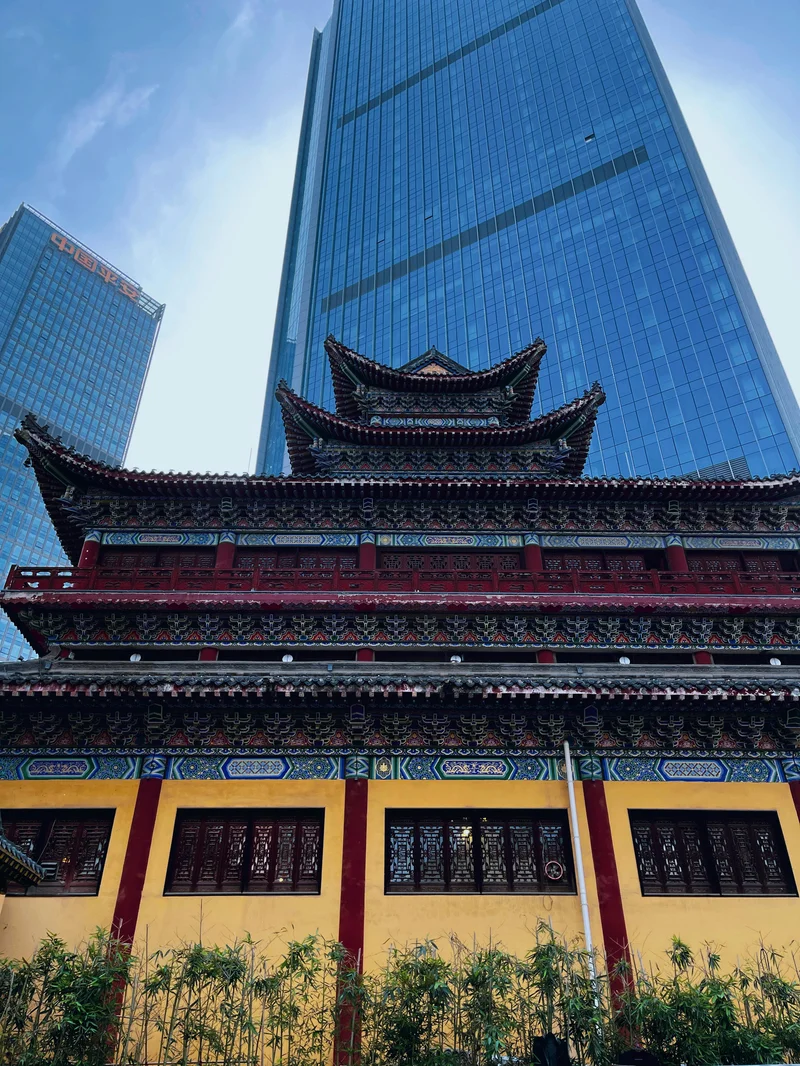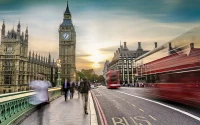Chongqing's Risky Bet: Can Tourism and Pharma Really Mix?
Chongqing is making a play for the future, simultaneously boosting its tourism sector and aiming to become a hub for pharmaceutical innovation. The city recently hosted the International Travel Agent Conference, showcasing its ambition to become a world-class destination. At the same time, it's pushing for breakthroughs in novel drugs, with a plan to have one to three innovative drugs approved each year by 2027. It's an ambitious strategy, but is it a sustainable one?
The Allure of Chongqing: More Than Just Scenery
The Chongqing International Travel Agent Conference attracted around 400 participants from nearly 40 countries. The city is clearly investing heavily in its image, appointing five international figures as "2026 Chongqing Culture and Tourism Promotion Ambassadors." I've seen this kind of ambassador program before (Barcelona did something similar in the early 2000s), and the ROI is always questionable. It's good PR, but does it translate to increased tourist dollars?
The city is also working to smooth out the logistical wrinkles for international visitors, streamlining visa processes, improving accommodation standards, and localizing payment systems. These are tangible improvements, but Chongqing isn't exactly a blank slate. It's a massive industrial center, and that comes with its own set of challenges. International Travel Agent Conference Held In Chongqing, China Solidifies Global Tourism Leadership With Inbound Travel Opportunities
Pharma Dreams: A Shot in the Arm or a Pipe Dream?
Chongqing's push for pharmaceutical innovation is equally ambitious. The goal is to have one to three "Class 1 innovative drugs" approved each year by 2027. A Class 1 drug, according to the National Medical Products Administration, is a completely new compound with clinical value that hasn't been marketed anywhere else. This isn't just about tweaking existing formulas; it's about creating entirely new treatments.
The city is investing in R&D and creating industry clusters to foster collaboration between companies, research institutes, and universities. Last year, Chongqing saw its first Class 1 innovative drug approved – an injectable treatment for psoriasis. One success is a start, but can Chongqing really compete with established biotech hubs like Shanghai or Beijing? It's going to take more than just investment; it's going to take a fundamental shift in the city's industrial DNA.

Here's where the potential conflict arises. The pharmaceutical industry demands a highly skilled workforce, a robust regulatory environment, and a commitment to intellectual property protection. Tourism, on the other hand, often relies on lower-wage labor and can be susceptible to environmental degradation if not managed carefully. Can Chongqing really balance these competing priorities?
The Contradiction at the Core
Chongqing's government wants to transform the city into a place for high-tech innovation and tourism. It is investing in attracting the appropriate talent for both of these initiatives.
But what about the existing city? Chongqing is still a manufacturing-driven industrial base. The city’s GDP grew 6.5% in 2023, outpacing the national average. This growth is largely attributed to the rise of the manufacturing and service industries. This is great for the city, but how does this translate to attracting the right talent for pharmaceutical innovation and high-end tourism?
The city also faces challenges typical of rapidly urbanizing areas, including environmental concerns and the need for sustainable development. Air pollution and traffic congestion are pressing issues that the local government is actively addressing. Initiatives to enhance green spaces and promote electric public transport are among the strategies employed to mitigate these challenges. These are good ideas, but are they enough to transform the city into a tourist destination?
A Bridge Too Far?
Chongqing's ambitions are admirable, but I suspect the city is trying to do too much at once. It wants to be a manufacturing powerhouse, a tourism hotspot, and a pharmaceutical innovator. All of these things are possible, but it will take more than just investment and ambition. It will require a fundamental shift in the city's priorities and a willingness to make some tough choices. And this is the part of the report that I find genuinely puzzling. Are these initiatives complementary, or are they fundamentally at odds with each other?
The city’s plan includes having one to three innovative drugs approved for market launch each year by 2027. This seems like an arbitrary number. What if the city only approves one drug in 2027? Will the plan be considered a failure? These are the questions that need to be asked.









